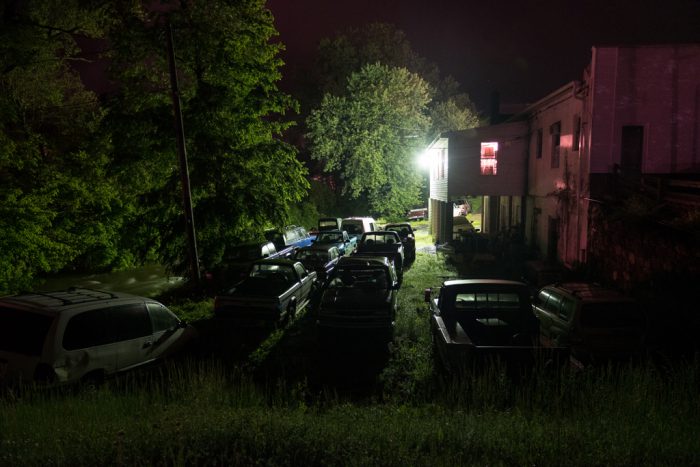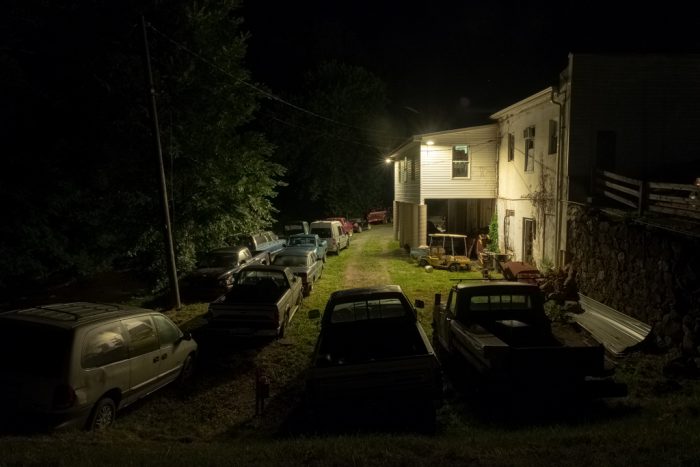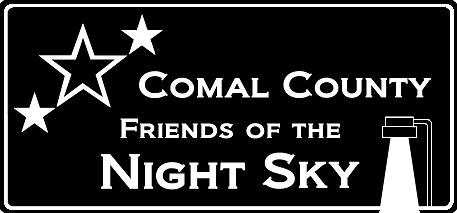Residential and Business Lighting
How many exterior lights do you have around your home or property? Are you sure? Have you carefully considered each fixture’s need, function, or design? Are you minimizing light pollution in your own backyard? If not, you’re not alone. Unfortunately, much of our outdoor residential lighting is inefficient, poorly installed, or altogether unnecessary.
These misguided lighting practices contribute to light pollution, which can disrupt wildlife, impact human health, and waste money and energy. As of 2018, the average American wastes 41-103 pounds of CO2 per year on excessive residential outdoor lighting alone (1). Across the country, this amounts to at least $1.4 to $3.5 billion wasted each year, unnecessarily lighting the dark around our homes. Our analysis also indicates that these numbers may grow as Americans are likely consuming more exterior lighting than ever before (2).
Here’s the bright side: Light pollution is completely reversible.
DARK SKIES START AT HOME
 Want to protect the night from light pollution? Get started in your own backyard (or front porch, walkway, bedroom window, rooftop – anywhere!)
Want to protect the night from light pollution? Get started in your own backyard (or front porch, walkway, bedroom window, rooftop – anywhere!)
Follow our Lighting Guidelines Questionnaire to conduct an outdoor lighting assessment around your house, apartment building, property line, business, community center, wherever, to evaluate the impact of your light on the night. After you’ve completed the steps to make your home dark sky friendly, go out at night and enjoy your new view of the stars!
BASIC LIGHTING PRINCIPLES
With the responsible lighting practices, it is possible to reduce light pollution and create a beautiful, healthy, and safe lit environment where you live and work. Let’s learn the basics and put them to work.
Five Principles for Responsible Outdoor Lighting

Even the simplest actions can make a big difference.
DID YOU KNOW? 20% – 50% of outdoor residential lighting is lost to the night sky, due to poor shielding alone (3).
FINDING DARK SKY FRIENDLY LIGHTING
Did you know the IDA works with lighting manufacturers and home retail stores so that you can easily source IDA-approved Dark Sky Friendly lighting? View IDA-approved residential lighting solutions.
WHAT ABOUT…
…MY NEIGHBOR’S LIGHTING?
So you’ve addressed all your problem lighting, but what about the lighting that is beyond your control? Maybe your neighbor’s lighting is shining in your bedroom window, or your landlord or property manager needs to make changes. Check out our tips for working with your neighbor’s lighting.
…MY SAFETY?
It’s important that your property is safe and responsibly lit to protect you from potential hazards, support wayfinding, or deter potential crime. But brighter does not equal safer. In fact, too much lighting can have the opposite effect. Learn more about lighting, crime and safety.
…MY STREETLIGHTS?
Estimates suggest that on average street lighting accounts for about 50% of a city’s total light emissions (4). Learn what the IDA recommends about streetlights in your community.
I’VE ADDRESSED THE ISSUE AT HOME, NOW WHAT?
Ready for the next step? Learn what you can do to take action today for a better night tomorrow. The universe will thank you.


Before (left), after (right): A car repair shop replaced its one unshielded fixture with two dark sky friendly fixtures, minimizing light pollution on surrounding trees and focusing lighting on the ground where it is needed, creating a well lit and safer backyard. Photo: Joyce Harman
…………………………………………………………………………………………………………………………………………………………………………………………………………………………………………..
- Range represents high and low estimates. Metric does not consider commercial and public lighting.
- Calculations by IDA from U.S. Department of Energy Energy Information Agency and U.S. Census Bureau data
- https://web.archive.org/web/20160109210505/https://www.nature.nps.gov/night/sources.cfm
- P. D. Hiscocks, S. Gudmundsson, The Contribution of Street Lighting to Light Pollution, Journal of the Royal Astronomical Society of Canada 104 (5) (2010) 190.
J. C. Barentine, et al., Skyglow changes over Tucson, Arizona, resulting from a municipal LED street lighting conversion, Journal of Quantitative Spectroscopy and Radiative Transfer 212 (2018) 10–23.
S. Bará, et al., Estimating the relative contribution of streetlights, vehicles, and residential lighting to the ur- ban night sky brightness, Lighting Research & Technology (2018) 147715351880833
Get Involved

Protect your community from Light Pollution!
The Comal County Friends of the Night Sky was formed in March, 2020 by a group of concerned residents who first met using Zoom. We are working on several initiatives to facilitate night sky friendly lighting in order to preserve and improve the stunning night sky of the Texas Hill Country and Comal County, TX.
Learn About Upcoming Events
Subscribe to our Newsletter to keep up with our upcoming events!
